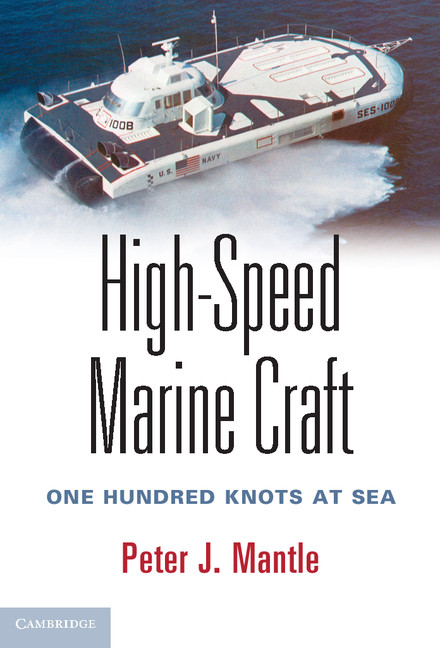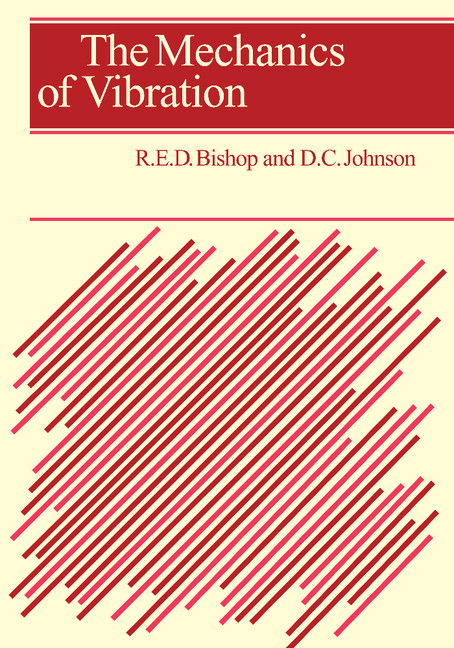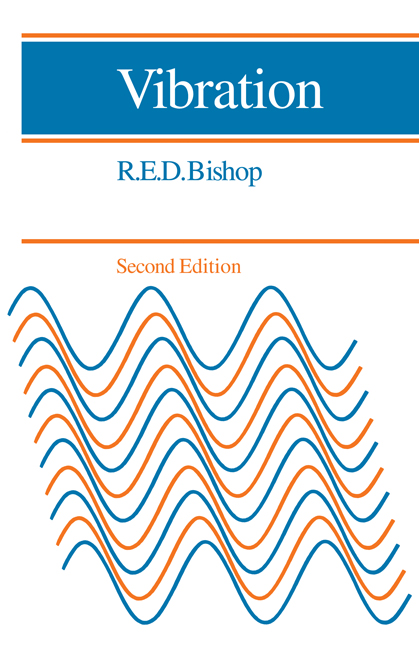Hydroelasticity of Ships
A ship is a flexible structure that moves bodily and distorts when it encounters waves. This behaviour is potentially dangerous and it must therefore be predicted as a necessary part of ship design. Hitherto the theory of ship structures has had to employ simplifying assumptions, and the dynamical theory has been founded largely on the assumption of rigidity. This book, however, shows how the wave responses of a ship can be calculated using linear dynamics. This general treatment adapts the techniques of structural theory, hydrodynamics, oceanography and statistical theory to the needs of naval architecture. In a radically new departure the authors unify these various techniques in their systematic use of dynamical theory. The principles are applicable to offshore structures in general as well as to ships.
Product details
September 2005Paperback
9780521017800
436 pages
254 × 178 × 22 mm
0.736kg
Available
Table of Contents
- Preface
- 1. Ship response
- 2. The dry hull
- 3. More accurate analysis of hull dynamics
- 4. The characteristics of practical hulls
- 5. Ship distortion in still water
- 6. Wave theory
- 7. Symmetric generalised fluid forces
- 8. Symmetric response
- 9. Transient loading
- 10. Antisymmetric response to wave excitation
- 11. Statistical analysis of ship response
- 12. Responses of other marine structures to waves
- Bibliography
- Index.












